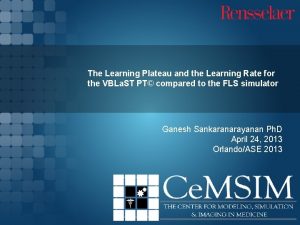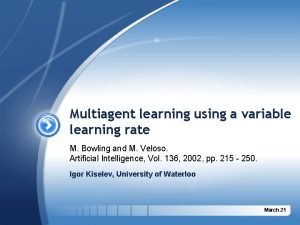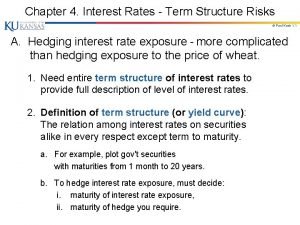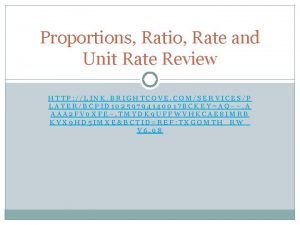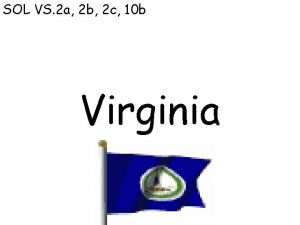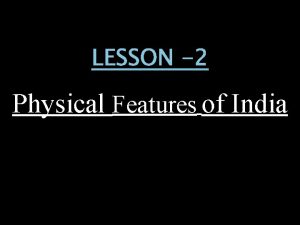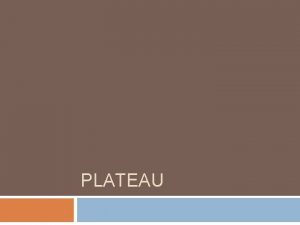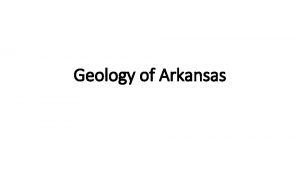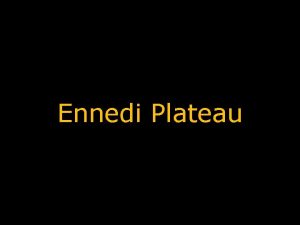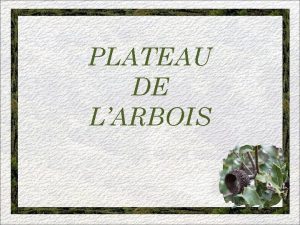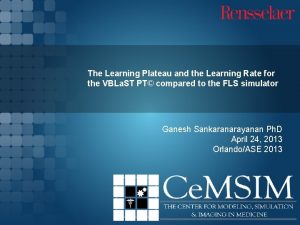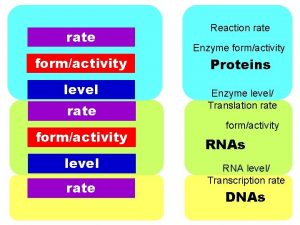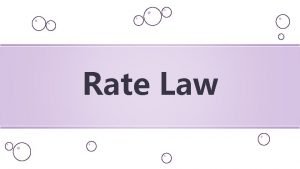The Learning Plateau and the Learning Rate for












- Slides: 12

The Learning Plateau and the Learning Rate for the VBLa. ST PT© compared to the FLS simulator Ganesh Sankaranarayanan Ph. D April 24, 2013 Orlando/ASE 2013

Introduction - The Virtual Basic Laparoscopic Skills Trainer (VBLa. ST©) is a virtual reality simulator that is capable of simulating the Fundamentals of Laparoscopic Surgery (FLS) tasks. - Has a custom interface with haptic (force) feedback capabilities. - Can compute scores automatically - No need for proctors - No need to replenish materials - Additional performance measures can be measured/coded any time cemsim. rpi. edu

VBLa. ST System VBLa. ST PC© FLS and VBLa. ST PT© system VBLa. ST LP©

VBLa. ST PT© § Can simulate the peg transfer task § The simulator has shown - Concurrent validity - Convergent validity

Learning Curve Study ( Convergent Validity) § Three groups - Control (no training) - VBLa. ST - FLS § 15 sessions (10 trials each session) - 5 days x 3 weeks - Pre-test, post-test, retention test (2 weeks after post test) § Normalized numerical score based on completion time and errors were calculated for both the systems § 18 medical students from the Tufts University School of Medicine were recruited in this IRB approved study. § Cumulative Summation Method (CUSUM) was used for assessing the learning curve of both VBLa. ST and the FLS systems.

Need for Learning Plateau and the Learning Rate § CUMSUM method is criterion based - Junior, intermediate, senior - MISTELS (Fraser et al. ) - VBLa. ST (Zhang et al. ) - Can track performance with every single trial § Learning curve has three distinct parameters (Cook et al. ) - Starting point ( where the performance starts) - The plateau ( where the performance flattens) - Learning rate ( how fast the performance level is reached) § The parameters are intuitive and easy to relate scores to performance cemsim. rpi. edu

Inverse Curve Fitting § § § Inverse curve Y = a – b/X a is theoretical maximum score b is the slope b/a is the rate 10 * b/a was defined as the number of trials to reach 90% of the asymptote § First defined and used for learning curve by Feldman et al. § Parameters computed using nonlinear regression § IBM PASW 18 was used for analysis

Results - Curve Fitting VBLa. ST PT© FLS

Results – Learning Curve Parameters Simulator Mean Starting Score Learning Plateau (a) (Mean ± Std) Learning Rate (10 * b/a) (Mean ± Std) VBLa. ST PT© 44. 5 ± 10. 51 94. 03 ± 3. 11 11 ± 3 FLS PT task 56. 42 ± 15. 11 94. 97 ± 1. 74 7± 3 • Both simulators achieved a stabilized higher scores by the end of 150 th trial

Learning in VBLa. ST P < 0. 00001 (pre and post test)

Discussion § Inverse curve fitting showed stable plateaus for both the simulators § Learning rate was lower in VBLa. ST compared to FLS - Similarly the CUSUM analysis also showed more number of trials to achieve the Junior, Intermediate and senior levels § VBLa. ST is a virtual reality simulator - Still requires some adaptation by users, especially when used for first time - Other solutions that are being currently implemented in the second generation of the VBLa. ST simulators are - Workspace matching - Tool peg interactions ( picking and transfer) as realistic to the FLS cemsim. rpi. edu

Acknowledgments § Funding from NIH, NIH/NIBIB 5 R 01 EB 010037 § Likun Zhang for conducting the study at the Tufts University School of Medicine cemsim. rpi. edu
 Plateau learning rate
Plateau learning rate Multiagent learning using a variable learning rate
Multiagent learning using a variable learning rate Nominal v. real interest rates
Nominal v. real interest rates Define growth analysis
Define growth analysis Forward rate notation
Forward rate notation 1 year forward rate formula
1 year forward rate formula Unit rate proportions
Unit rate proportions Products and industries of the 5 regions of virginia
Products and industries of the 5 regions of virginia Coastal and plateau tribes
Coastal and plateau tribes Introduction of physical features of india
Introduction of physical features of india Formuö
Formuö Typiska novell drag
Typiska novell drag Tack för att ni lyssnade bild
Tack för att ni lyssnade bild
